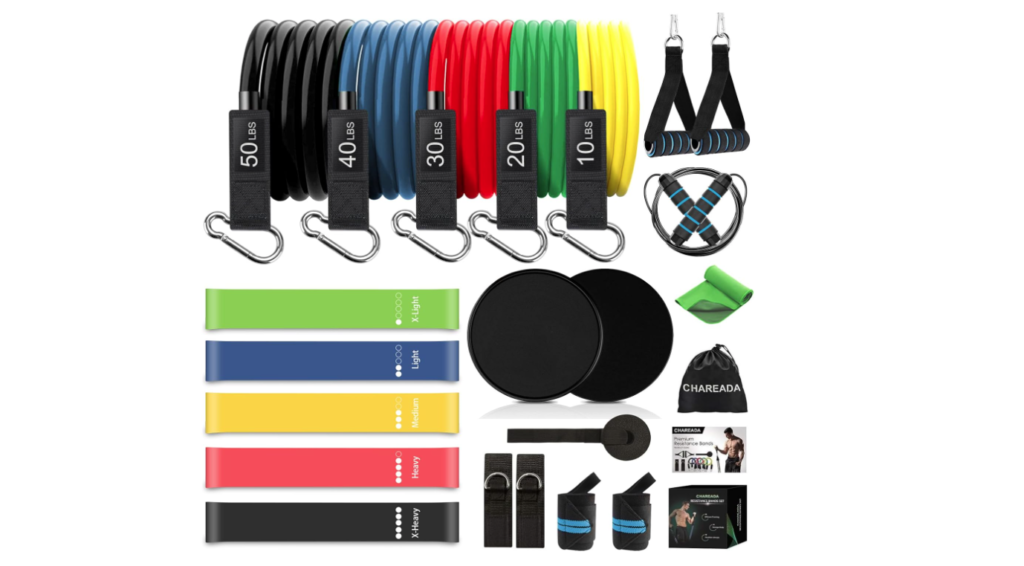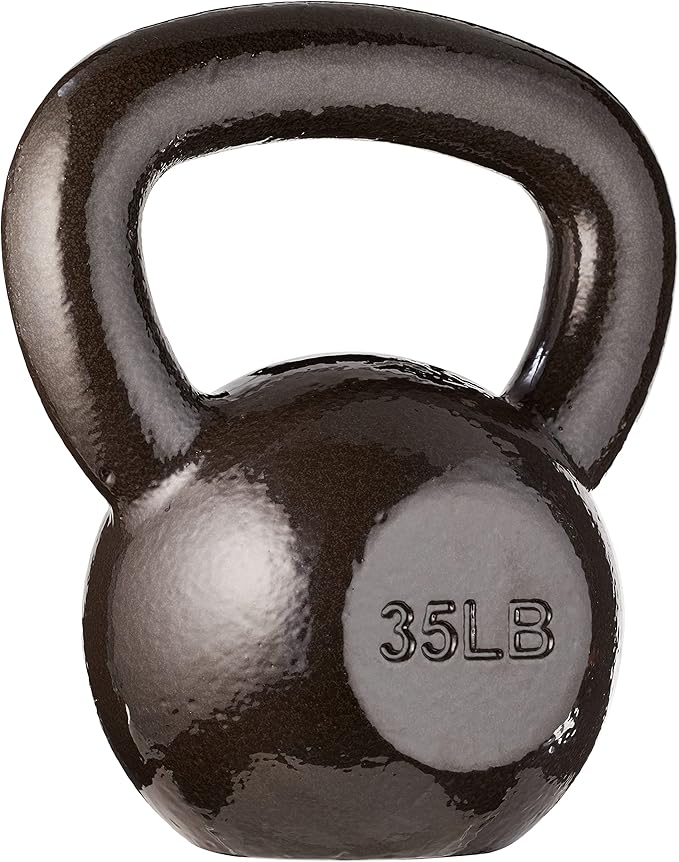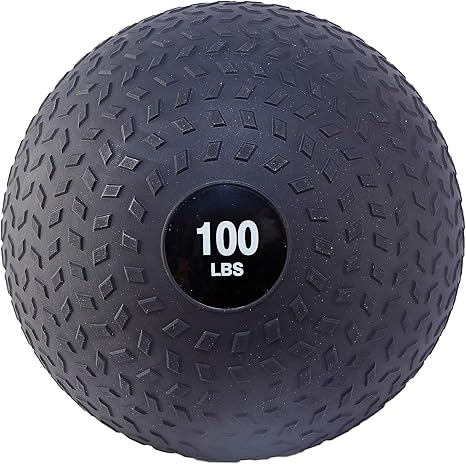Overview
Resistance Training Equipment exercises are those that cause muscle contractions against an external resistance. The goals of this form of training can include strength gains, hypertrophy or increase in muscle size, endurance, and also an enhancement of general muscular performance. It has a whole gamut of benefits, ranging from increased athletic performance to general health and wellness. There are quite a number of equipment in resistance training that serves different aims and fitness goals, including different skill levels.
This article further discusses the types of equipment in resistance training, their applications, advantages, and reasons why they should be considered in strength training. We will also clarify how each type of resistance training equipment suits specific aims for a certain training.
Types of Resistance Training Equipment

Free Weights
Dumbbells
Dumbbells are one of the most versatile equipment for resistance training. Dumbbells come in light weights and heavy weights as well as in adjustable as well as fixed varieties. Dumbbells can perform an extensive range of exercise that may include all the muscles of the human body.
Advantages of free weights
Promote balanced muscle growth. Each arm works independently.
A natural flow of movement and a full range of motion.
Easy to adapt for beginners and advanced users.
Barbells and Weight Plates
Barbells are long bars that allow users to place weight plates on both sides. They are mainly used for compound lifts like squats, deadlifts, and bench presses. Barbells can hold a lot of weight, so they are excellent for strength and hypertrophy training.

Benefits:
Are ideally meant for raw strength building by huge compound movements.
They promote full-body involvement and core stabilization.
Best suited for a progressive overload training session by which the weight is increased incrementally.
Resistance Bands:
The resistance bands are light in weight, portable, and available in multiple levels of resistance (light, medium, and heavy). They are made of elastic material and provide resistance when they get stretched, making them ideal for a whole range of movements and exercise progressions.

Benefits:
Done for beginners or rehabilitation exercises since it allows one to have controlled, low impact movements
Good for stimulating small stabilizing muscles
Easy to carry in travels or done at home.
Cable Machines:
The cable machine has a weight stack attached to a pulley system. It gives the user the pullability of the cables in different directions to engage different muscle groups. This equipment is relatively common at commercial gyms and is often used for those isolation exercises like chest flyes, tricep pushdowns, and rows.

Benefits
Continuity of resistance throughout the movement which effectively improves the muscle engagement.
It allows for a big range of motion and variety in exercise.
Safer than free weights for beginners because the danger of dropping heavy weights is eliminated.
Smith Machines:
A Smith machine is a barbell mounted to a sliding track, that enables one to lift weights via a vertical or near-vertical path. The machine features safety catches, which makes it suitable for people training in solitude, or people who want added safety when lifting heavy loads.
Benefits:
Maintains good posture and prevents injuries
Suitable for squatting and benching a beginner, with no spotters required
Movement control and muscle isolation.
Kettlebells:
A kettlebell is a cannonball with a handle. It is a different type of weight compared with dumbbells and barbells. Kettlebells are quite often applied to very dynamic movements such as swings, snatches, and cleans focusing on power and endurance and very much cardiovascular fitness.

Benefits:
Engage the stabilizing muscles as a result of off-centered distribution of weight.
Develop grip strength and coordination.
Most effective for dynamic, whole-body movements that improve cardiovascular endurance.
Weighted Vests and Ankle Weights:
Weighted vests and ankle weights add extra resistance to bodyweight exercises like push-ups, pull-ups, squats, or running. Athletes or advanced trainees prefer weighted vests and ankle weights for adding more resistance to their workout routine.
Benefits:
Help in working endurance and functional strength.
Resistance Machines:
Resistance machines are typically located in gyms. Some examples of resistance machines include: leg presses, chest presses, and lat pulldowns. Resistance takes the form of a weight stack that is attached to levers, cables, or pulleys.
Advantages:
Resistance takes the form of a weight stack attached through levers, cables, or pulleys, which gives a set path for movement, and therefore it is best suited for beginners or individuals wanting to target certain muscles.
Aid in proper form and help prevent injury.
Adjustable resistance makes them suited for everyone, no matter their level of training.
Medicine Balls and Sandbags
Medicine balls and sandbags are non-traditional resistance tools that provide an alternate approach to training. They are most commonly used in functional training and application to sport-specific drills and plyometric movements.

Benefits:
Functional strength, coordination, and explosiveness Improved
Dynamic, multiplanar movements that mimic movements of life
Power and speed can be trained.
Bodyweight Resistance:
Equipment Pull-up bars, dip stations, as well as suspension trainers (e.g., TRX) allow users to use bodyweight exercises with added resistance or instability. These equipment are useful in improving core strength, balance, and functional fitness.
Advantages:
Improves muscle control and stabilization through bodyweight movements.
Adjustable and handy as they can easily be used at home or outdoors.
Suspension trainers are considered more of a core exercise and they help to improve the overall strength of the body.
Selection of Resistance Training Equipment
The decision on which resistance training equipment to use depends on various factors:
Goals:
If you will achieve the maximally strong condition, then barbells and free weights would be more beneficial for their capability to load with enough weight. In a case where general fitness is a goal, bodyweight equipment and resistance bands may suit the person.
Level of Experience:
In a beginner’s perspective, the machines and resistance bands tend to be easier to approach because they help provide more stability and support in movements. Free weights along with more challenging apparatuses such as kettlebells or weighted vests are possibly something that the experienced lifter might prefer to be challenged by his or her own body.
Space and Budget:
People who exercise at home may be limited by space or money. However, equipment for smaller homes and gyms should be compact ones, such as dumbbells, resistance bands, or kettlebells. The larger equipment for a home gym or a professionally-generally used gym will range from squat racks and Smith machines.
Safety:
When exercising alone, machines, cables, and Smith machines may be safer, as the stabilizing of the weight will minimize the risk for injury. There is one disadvantage with free weights: some exercises like bench presses and squats, cannot always be done by themselves without a spotter.
Benefits of Resistance Training
Resistance training equipment has numerous health and fitness benefits:
Increased Muscular Strength and Endurance:
Progressive resistance training develops muscular strength and enables endurance to be maintained over longer time periods.
Higher Bone Density:
This exercise, involving interaction between a person and different weights, as they move about, helps in increasing bone density so that there is very little chance of osteoporosis.
Greater Metabolism:
When the body has more muscles, it usually increases its resting metabolic rate to help burn calories more efficiently and, therefore, maintain weight.
Lower Risk of Injury:
As the muscles and joints get stronger, then the support offered by these muscles and joints is better, thus reducing the risk of injury from daily activity or sports.
Enhanced Mental Health:
Lifting weights increases the excretion of endorphins, which lowers the possibility of symptoms of depression and anxiety and enhances one’s mood.
Conclusion
Resistance training is among the best exercises on developing strength, improving muscle tone, and generally enhancing overall physical fitness. The various types of resistance training equipment, which include free weights and resistance bands, machine, and kettlebells, enable the design of particular workouts suitable to an individual’s fitness level and appropriate goals. Strict adherence to a well-designed training program coupled with appropriate selection of equipment will benefit one’s health throughout life, improving physical performance, preventing injury, and generally increasing wellness.
Whether you are a sporty person or just starting to engage yourself in exercises, and you add a resistance training equipment to your routine, sure enough, this will give you stronger, healthier, and more resilient muscles.
